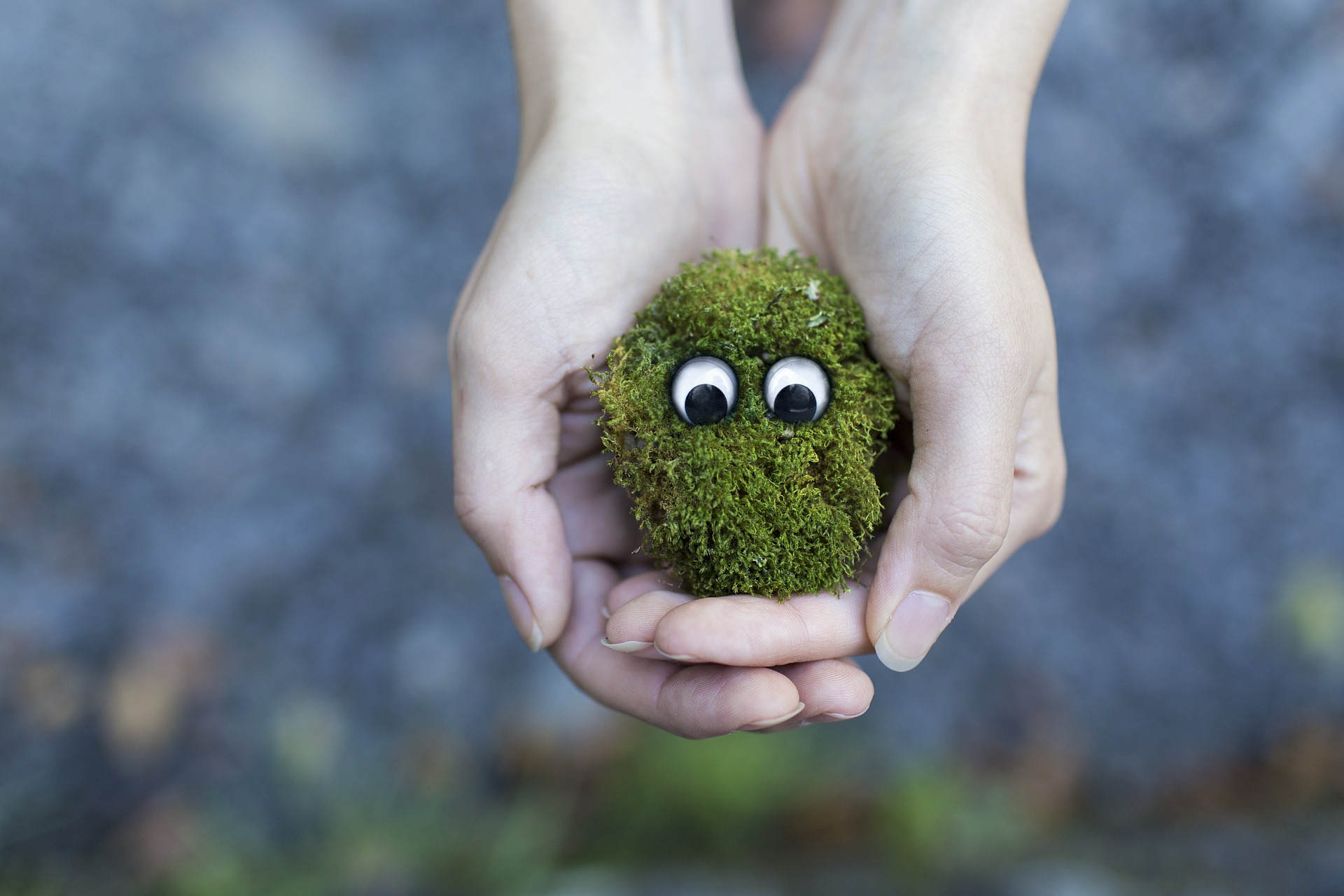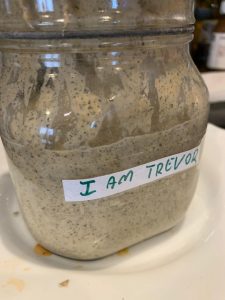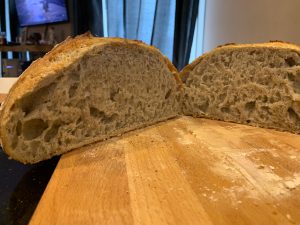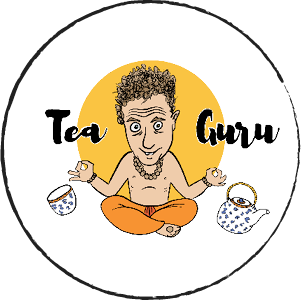
You wouldn’t be alone in being confused about this statement. I mean it’s just dead leaves right? Well, not quite! There is a harmonic dance of millions inside each wrapper, read on!
Tea is alive, it’s truly alive. Of course the tea leaves themselves were alive but now they’re dead, But that’s not what we’re talking about here. When you buy a batch of raw pu erh you are not only capturing the energy and minerals within the once thriving tea leaves taken from the earth surrounding those tea trees but you’re receiving a snapshot of a localised ecosystem from a certain region of the world. Pu Erh tea Is alive with natural yeasts, fungus and bacteria. I find it so curious, recently I’ve received emails from two of my clients who are making yeast starter is made from this too. One actually made a bread from this and apparently it tastes incredible!

‘Trevor’ the 2015 Dayi ‘Jia Ji’ Tuo starter.

‘Trevor’ bread 🤤
The natural flora and fauna that are captured within these leaves help the tea to gradually ferment naturally over time. This is what we know as ‘ageing’. You may even notice how your cakes will appear to be more active during the warmer summer months. The dry leaf of tea cakes may be more aromatic and generally taste better, maybe sweeter in the cup. This is because the warmer weather is encouraging the tea to ferment quicker. If your tea is resting in an area this it is too dry there is risk that these natural elements will die and your tea will pretty much cease ageing. Too wet and more harmful or unwonted natural elements will be encouraged to grow and thrive on the leaves. It’s a balancing act! But just remember this next time you sit down for your favourite session. The complex ecosystem that lies within the cake wrapper of yours that all comes together to create your enjoyment!
While many here in the West strive to search for consistency in their brewing technique, applying scientific method to their tea works I am much more accepting of the variables that come into play with our tea sessions. There are so many reasons why a tea will slightly deviate in character from day to day, to many to try and list here. I try to remember the incredible sessions I have with a tea and…if I can’t replicate it again, it will always be alive in my thoughts.
I was thinking, could this be yet another variable of pu erh tea that will affect flavour in different batches? I’m no micro biological expert but I do believe that within say a one ton batch of tea they will be contained throughout the batch many many species and variants of said flora and fauna. Maybe not in completely balanced proportions but I believe that in a given set of parameters (humidity and heat) only certain species will be encouraged to thrive while others Will lay dormant or even die. I’m guessing that because of this there should be fairly consistent results of said batch if aged under the same parameters. Just an educated guess here!
Happy cupping!
